You are currently viewing SemiWiki as a guest which gives you limited access to the site. To view blog comments and experience other SemiWiki features you must be a registered member. Registration is fast, simple, and absolutely free so please,
join our community today!
WP_Term Object
(
[term_id] => 157
[name] => EDA
[slug] => eda
[term_group] => 0
[term_taxonomy_id] => 157
[taxonomy] => category
[description] => Electronic Design Automation
[parent] => 0
[count] => 4357
[filter] => raw
[cat_ID] => 157
[category_count] => 4357
[category_description] => Electronic Design Automation
[cat_name] => EDA
[category_nicename] => eda
[category_parent] => 0
[is_post] =>
)
Engineers are known for their attention to detail and precision in thinking, but sometimes still struggle during compliance audits. This is especially true the longer a list of requirements becomes, especially unstructured lists kept in spreadsheets and on Post-It notes.
It gets even more complicated, because in defense circles… Read More
In last few years IP design has grown significantly compared to the rest of the semiconductor industry. There are newer IP start-ups opening across the world, particularly in India and China. Amid this rush, I wanted to understand the actual dynamics pushing this business and whether all of these IPs follow quality standards. … Read More
CDNLive World Tourby Paul McLellan on 01-28-2014 at 11:00 pmCategories: Cadence, EDA
CDNLive is becoming a real worldwide event, starting in March in San Jose and ending in November in Tel Aviv, Israel.
The complete schedule is:
- March 11-12th, Santa Clara, California
- May 19th-21st, Munich, Germany
- July 15th, Seoul, Korea
- August 15th, Shanghai, China
- August 7th, Hsinchu, Taiwan
- August 11-12th, Bangalore, India
…
Read More
Are you a TSMC customer or partner? If so, you’ll want to take a look at these presentations from the 2013 TSMC Open Innovation Platform conference:
…
Read More
Simulation of Novel TFT Devicesby admin on 01-27-2014 at 5:45 pmCategories: EDA
Traditionally logic devices built on top of thin-film-transistors (TFTs) have used one type of device, either an NMOS a-Si: TFT (hydrogenated amorphous silicon) or a PMOS organic device. Recently a-Si:H and pentacene PMOS TFTs have been integrated into complementary logic structures similar to CMOS. This, in turn, creates… Read More
By I-o-P, I mean Internet-of-People- I couldn’t think of anything better than this to describe a technology which becomes your custodian for everything you do; you may consider it as your good companion through life or an invariably controlling spy. This is obvious with the embedded sensor techno-products such as Kolibree, a … Read More
I’ve been using SPICE circuit simulators since 1978, both internally and commercially developed, and a lot has changed since the early days where netlists were simulated in batch mode on time-share mainframes. We used to wait overnight for our simulations to complete, and in the morning had to pickup our output results … Read More
There are a few dozen causes of semiconductor failure. Most can be lumped into one of three categories: material defects, process or workmanship issues, or environmental or operational overstress. Even when all those causes are carefully mitigated, one factor is limiting reliability more as geometries shrink – and it… Read More
When we talk about parasitic, we talk about post layout design further expanded in terms of electrical components such as resistances and capacitances. In the semiconductor design environment where multiple parts of a design from different sources are assembled together into highly complex, high density SoC, imagine how complex… Read More
I met with Tom Quan of TSMC and Michael Beuler-Garcia of Mentor last week. Weirdly, Mentor’s newish buildings are the old Avant! buildings where I worked for a few weeks after selling Compass Design Automation to them. Odd sort of déja vu. Historically, TSMC has operated with EDA companies in a fairly structured way: TSMC … Read More


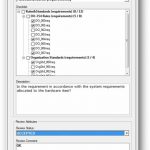
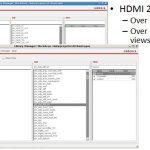

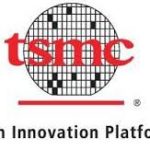
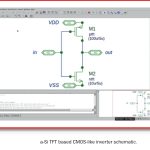

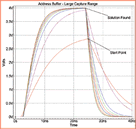
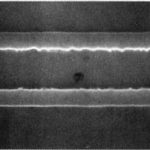
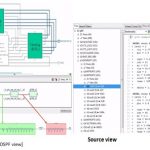
Quantum Computing Technologies and Challenges